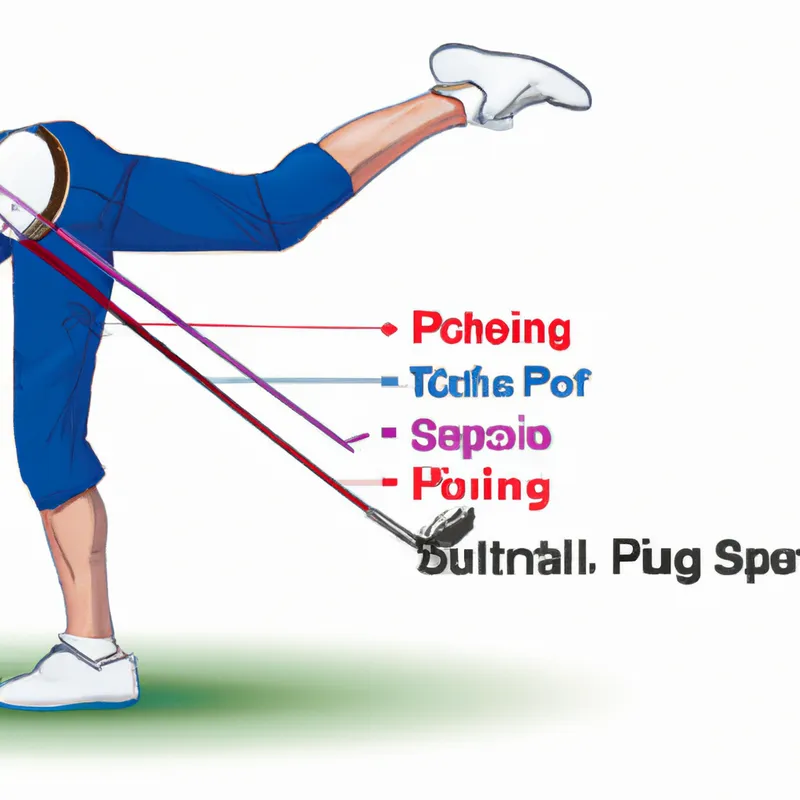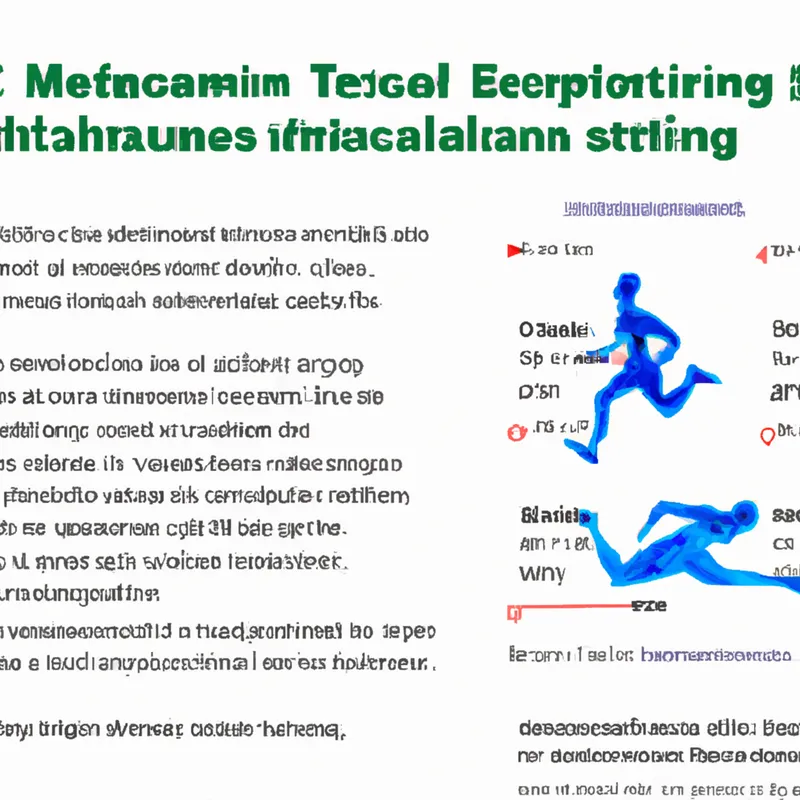**”The Future of AI-Driven Virtual Trainers: How Machine Learning Personalizes Fitness Experiences and Enhances User Engagement”**
# The Future of AI-Driven Virtual Trainers: How Machine Learning Personalizes Fitness Experiences and Enhances User Engagement
As technology continues to revolutionize the fitness landscape, artificial intelligence (AI) and machine learning are at the forefront of transforming how individuals approach their health and wellness. AI-driven virtual trainers are not just a trend; they represent a significant shift in how personalized fitness experiences are delivered and how user engagement is enhanced. With the ability to analyze data on an unprecedented scale, these intelligent systems are paving the way for more efficient and enjoyable workout sessions, ensuring that fitness is accessible and tailored to individual needs.
## The Rise of AI in Fitness
### Understanding Machine Learning
Machine learning, a subset of AI, enables systems to learn from data and improve their performance over time without being explicitly programmed. In the context of fitness, this means that virtual trainers can analyze users’ workout patterns, preferences, and progress to tailor recommendations that align with their goals. From suggesting specific exercises to adjusting meal plans, the potential for personalized fitness experiences is enormous.
### The Role of Virtual Trainers
Virtual trainers, powered by AI, act as personal coaches available 24/7. They provide users with customized workout plans, real-time feedback, and motivational support through interactive platforms. By utilizing data analytics, these trainers can identify strengths and weaknesses, ensuring that each user receives the guidance they need to achieve their fitness objectives.
## Nutrition Tips
### Personalizing Diet Plans
AI-driven virtual trainers can analyze dietary habits and preferences to create bespoke meal plans. This personalization is crucial for those with specific dietary restrictions or fitness goals. For instance, a user looking to build muscle may receive a protein-rich meal plan, while someone aiming to lose weight might get a calorie-deficit plan with nutrient-dense options.
### Utilizing Real-Time Data
With the integration of wearable technology, virtual trainers can access real-time health metrics such as heart rate, activity level, and even sleep patterns. This data allows them to recommend when to consume meals or snacks, optimizing energy levels for workouts and recovery.
### Staying Informed
Users can benefit from AI-driven nutrition tips that evolve with their progress. For example, if a user consistently falls short on protein intake, the virtual trainer can suggest high-protein snacks or meals, ensuring users meet their dietary needs while staying engaged in the process.
## Exercise Advice
### Tailored Workout Routines
AI-powered virtual trainers create customized workout routines based on user data, fitness levels, and preferences. This personalization ensures that workouts are both challenging and achievable, which is key to maintaining motivation.
### Adaptive Training
One of the most exciting aspects of AI in fitness is its ability to adapt in real-time. If a user struggles with a particular exercise or reaches a plateau, the virtual trainer can modify the workout plan to include alternative exercises or adjust intensity levels. This responsiveness helps prevent injury and enhances user engagement by making workouts feel relevant and dynamic.
### Gamification
To further enhance user engagement, many AI-driven fitness platforms incorporate gamification elements. By setting challenges, awarding badges, and tracking progress, virtual trainers make exercising more enjoyable and rewarding. This approach taps into users’ competitive spirits and encourages them to keep pushing themselves.
## Health Benefits
### Improved Accountability
Having an AI-driven virtual trainer provides users with a sense of accountability. Regular check-ins and performance tracking can motivate individuals to stick to their fitness routines, making it easier to achieve long-term goals.
### Enhanced Motivation
The interactive nature of virtual trainers fosters a sense of connection. Users can receive instant feedback and encouragement, which can be particularly beneficial on days when motivation wanes. This personalized support can make a significant difference in sticking with a fitness program.
### Long-Term Health Outcomes
Ultimately, the goal of personalized fitness experiences is to promote long-term health benefits. By tailoring exercise and nutrition plans to individual needs, AI-driven virtual trainers can help users achieve sustainable lifestyle changes. This not only leads to better physical fitness but also contributes to improved mental well-being, as regular exercise is known to reduce stress and anxiety.
## Conclusion
The future of AI-driven virtual trainers holds immense potential for personalizing fitness experiences and enhancing user engagement. By leveraging machine learning, these intelligent systems create tailored nutrition plans, adaptive workout routines, and motivational support, ultimately leading to improved health outcomes. As technology continues to evolve, the integration of AI in fitness will only deepen, making personalized wellness more accessible and effective than ever before.















Post Comment